The glowing golden eyes of a Helena's Treefrog piercing through the darkness; the blissful calm of a bird floating on water; and the thrilling chase of a hungry mother leopard are among the winners of the British Ecological Society's annual photography competition, 'Capturing Ecology'.
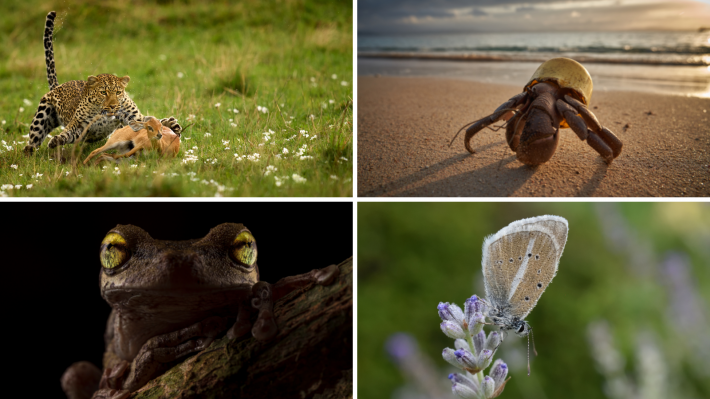
Every year the British Ecological Society hosts 'Capturing Ecology' – an annual photography competition focused on showcasing the beauty of ecology.
This year's winners tell a powerful story about the intricacies of nature, and our relationship with the natural world. From predator-prey dynamics on the earth, skies, and seas, to connections between people, wildlife, and the environments we share.
Captured by international ecologists and students, this year's winning images and additional seven highly commended images celebrate the diversity of ecology, capturing flora and fauna from across the globe.
This year Capturing Ecology was sponsored by Dryad – a non-profit, community-designed, online service helping you make the most of your research data and meet emerging publisher and funder policies, worry-free.
Overall winner: A light in the shadows, Roberto García Roa:
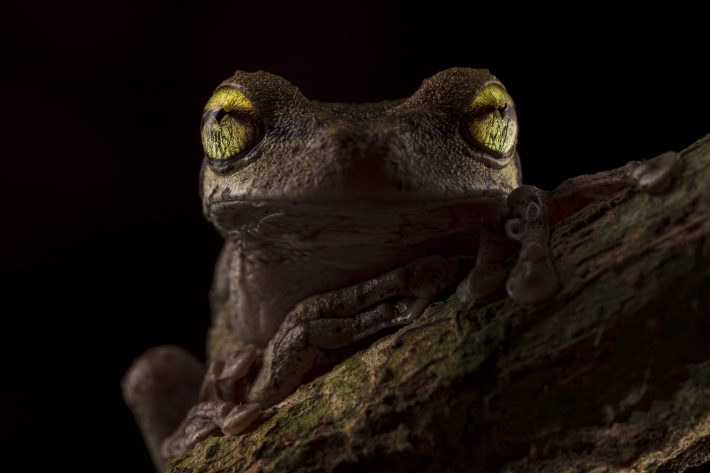
Overall Winner: A Light in the Shadows, Roberto García Roa. 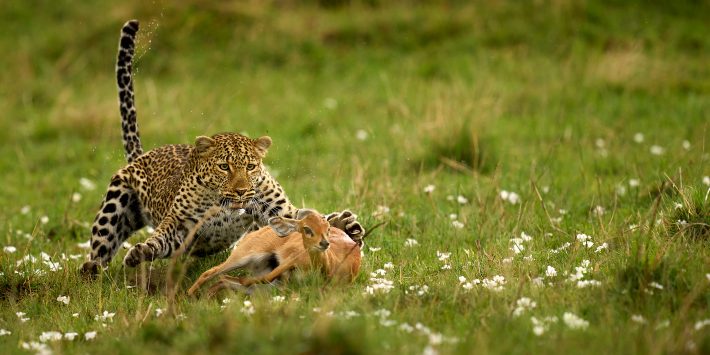
Overal Runner Up: Leopard Suprise!, Peter Hudson. 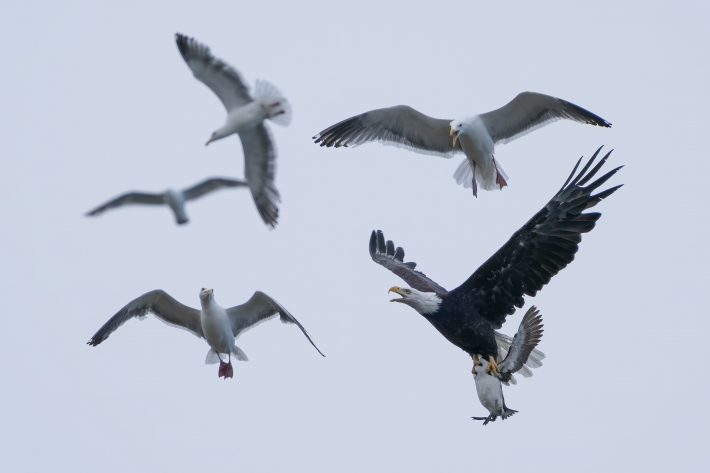
Student Winner: Takeout, Sam Eberhard. 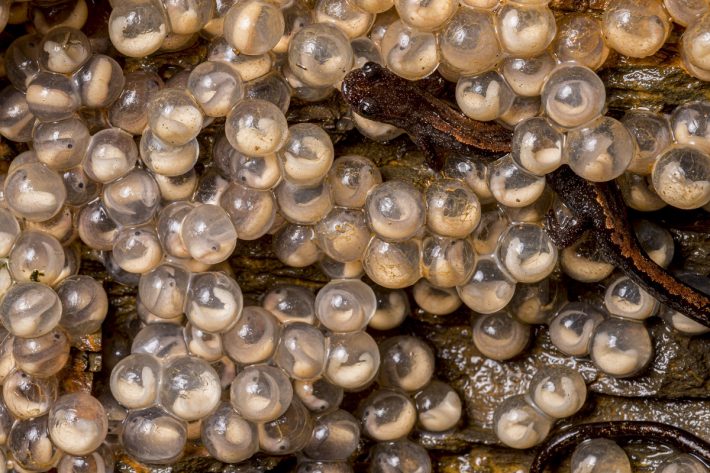
Perls with life 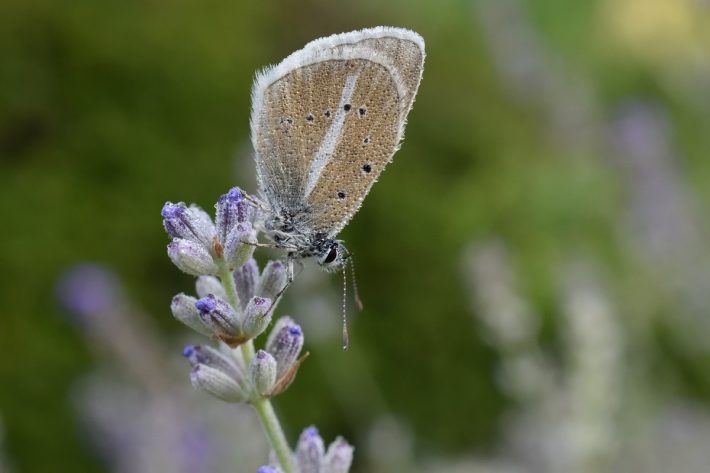
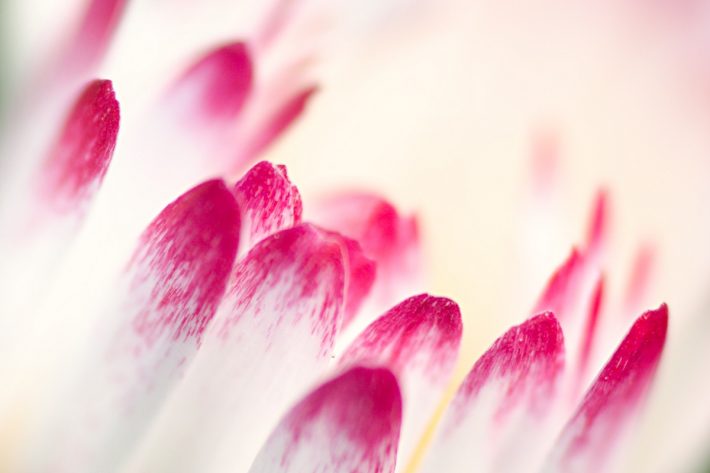
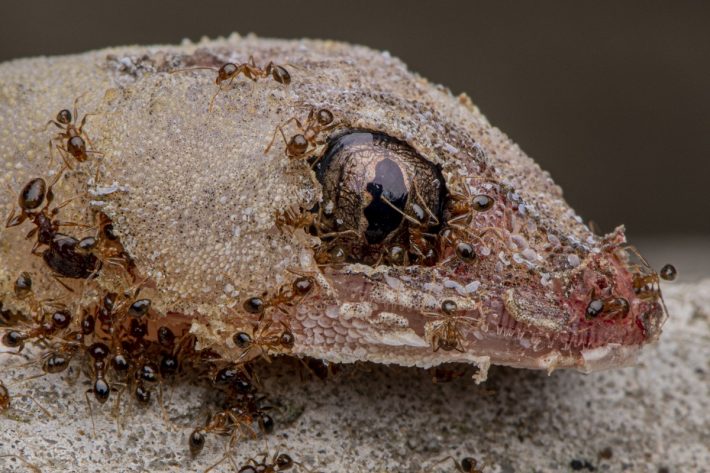
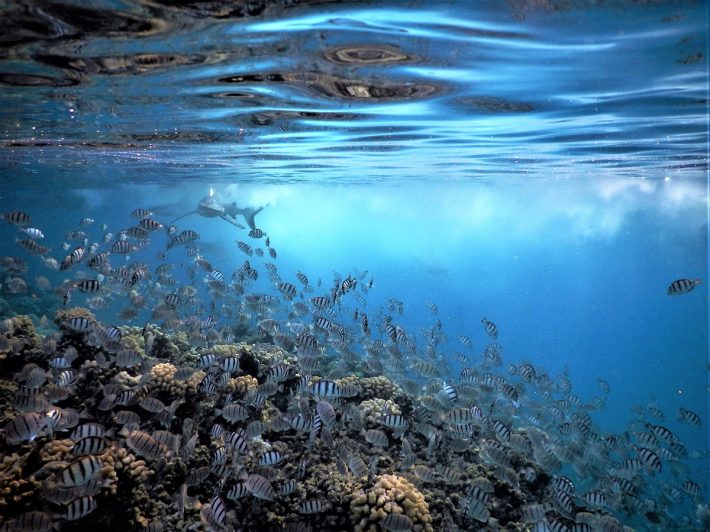
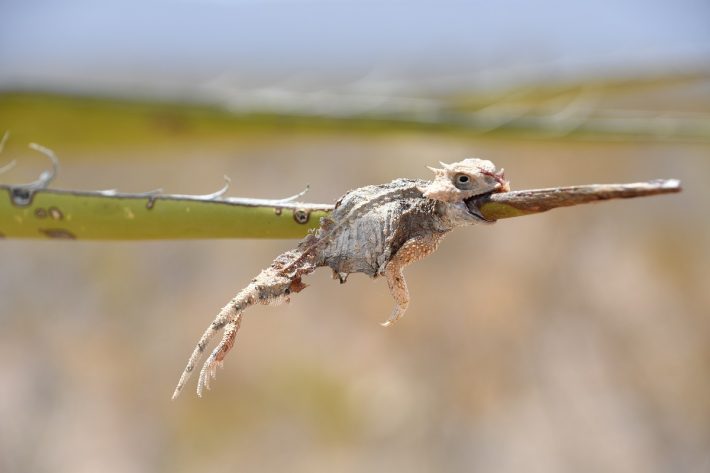
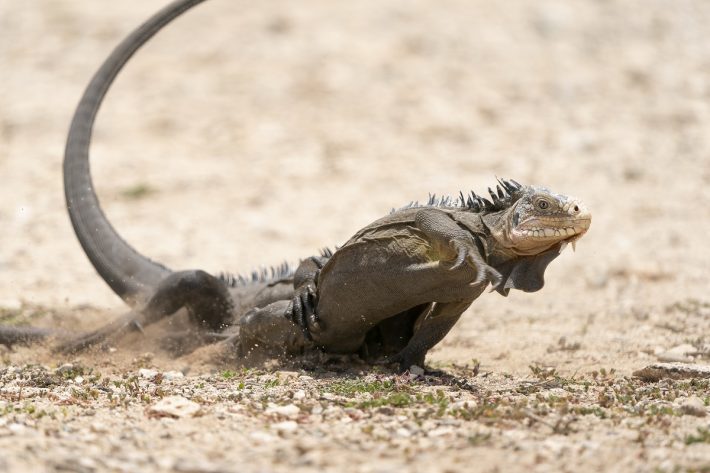
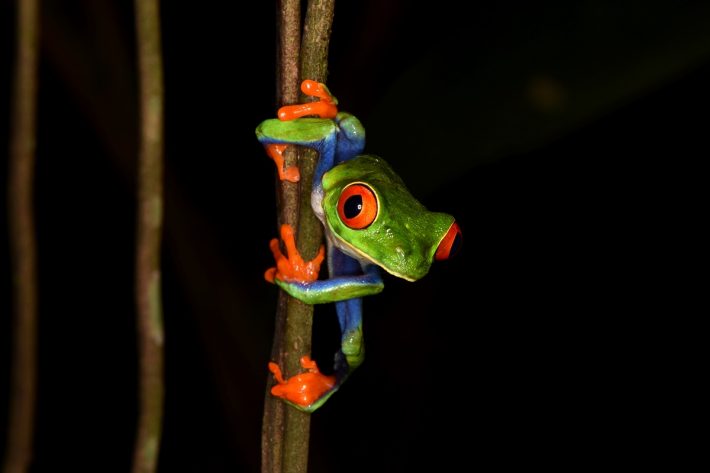
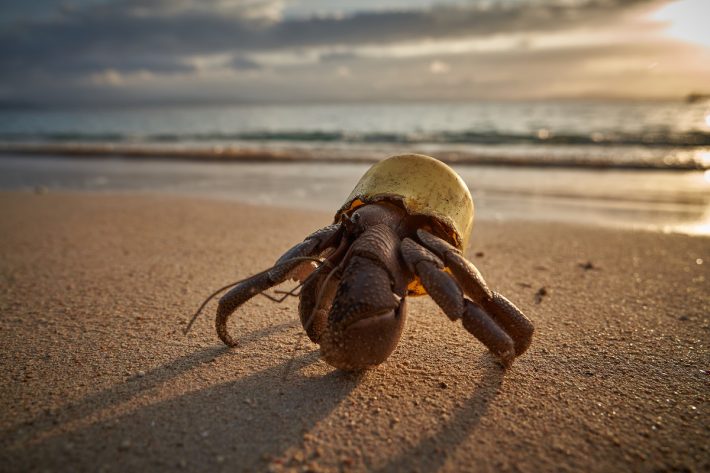
People and Nature Catagory Winner: A New Plastic Home, Andreas Eich. 
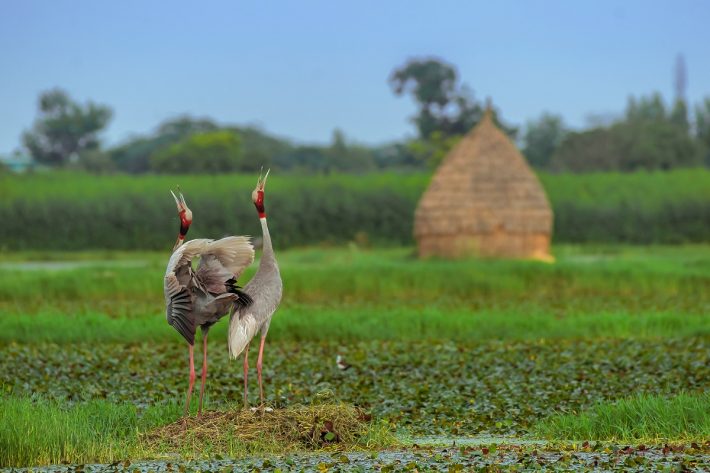
A Pair for Life 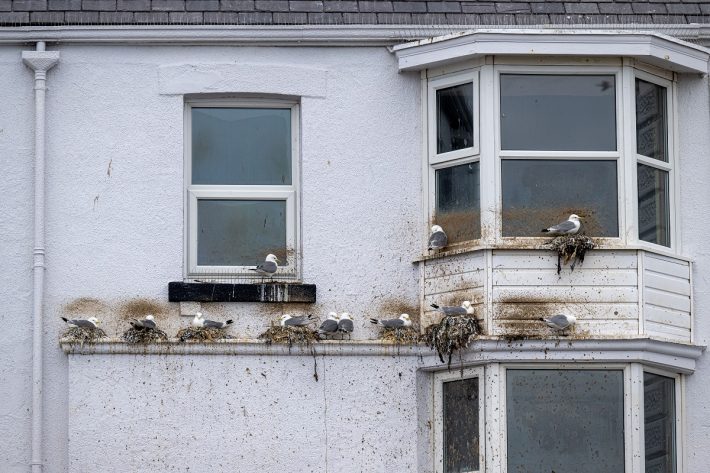
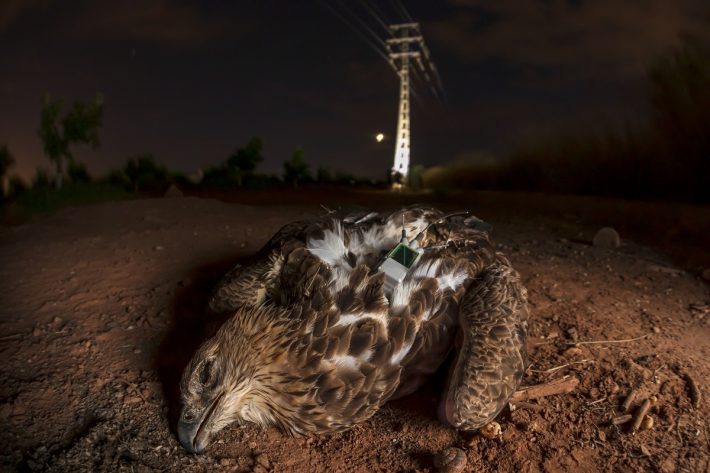
Ecology in Action Catagory Winner: Bruma, Roberto Garcia Roa. 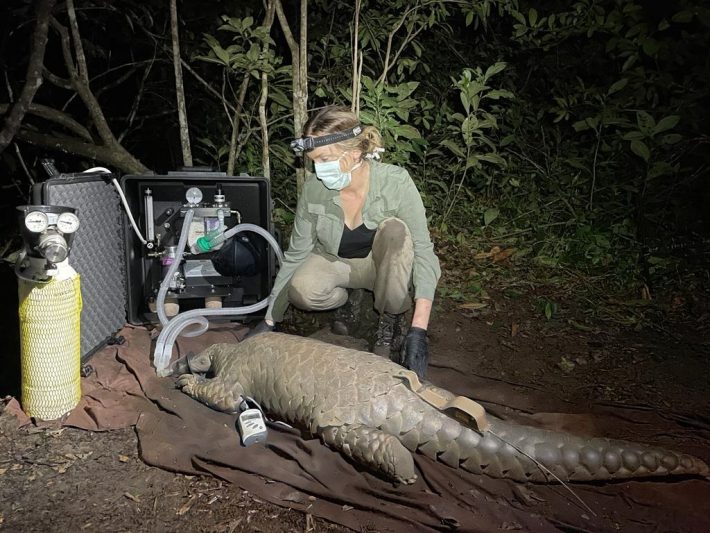
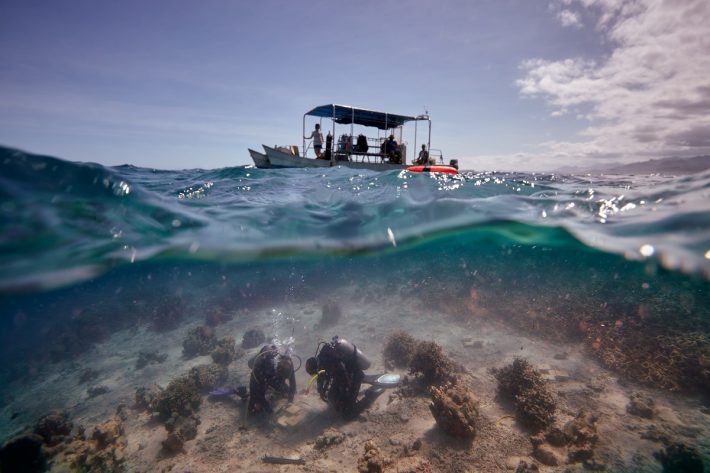

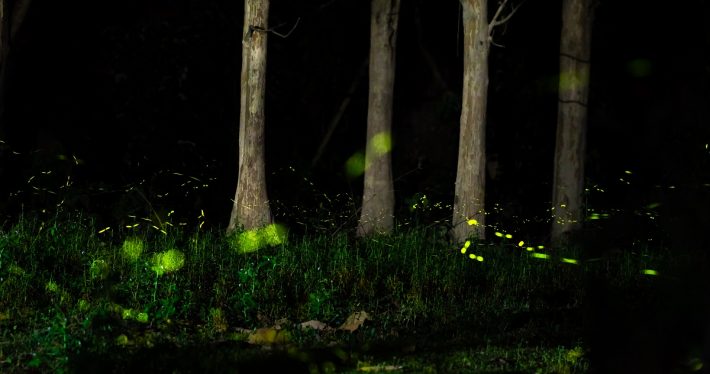
Roberto Garcia Roa is a conservation photographer and evolutionary biologist at Lund University. Striving to combine the power of images and the scientific knowledge behind them to spark conversation and understanding around the interactions of human beings and our planet, Roberto Garcia Roa said:
"Winning the British Ecological Society's Capturing Ecology photography competition with this image has a special significance to me for many reasons. First, it links two powerful allies, science, and photography, which have emerged hand in hand during the last two centuries as key tools for deciphering the natural world around us."
Describing the hidden beauty of his photograph, Roberto Garcia Roa added: "Like two beacons in the dark, the striking eyes of a Helena's treefrog (Osteocephalus helenae) seem to glow in the darkness of the night.
"This image reveals the beauty of nature hidden in Tambopata, a region that is currently threatened by gold mining. It is paradoxical to see the eyes of this frog as small golden pearls, because in reality, the true treasure lies in ensuring the protection of this area and its inhabitants."
Overall Student Winner: Takeout, Sam Eberhard:

The overall student winner of Capturing Ecology 2022 is Sam Eberhard, an Environmental Studies and Biology student at the University of California, Santa Cruz.
Sam Eberhard said: "Takeout is a frozen moment of intense action at Haystack Rock in Cannon Beach, Oregon. A bald eagle has seized a common murre from the top of the rock and is making away with its meal amidst a mobbing of western gulls.
"While photographically documenting tufted puffins at Cannon Beach, I did not hesitate to capture a few shots of this bald eagle. Far below the action, I held down the shutter relying on my knowledge that the exposure needed to capture an image of bald eagles is much like puffins.
"I am honoured to be the overall student winner of Capturing Ecology. I feel that I was very lucky to spend my summer photographing birds and witness amazing interactions between those birds. I love being able to share the splendour of this multi species drama."
Professor Yadvinder Malhi, President of the British Ecological Society, said:
"Each year capturing ecology attracts an incredibly high standard of photos, and this year is no exception.

"Locking eyes with this year's winning image, I'm impressed by how it captures in such exquisite detail the sometimes-otherworldly beauty of life on Earth. Altogether, these photographs display the incredible breadth and beauty of biodiversity. The winners have done an excellent job of capturing ecology in intriguing and thoughtful ways, presenting a powerful reminder of the many joys and intricacies of nature."
Competition Judge, Gabriela Staebler:
The independent judging panel included five highly respected photographers including eminent ecologists, naturalists, broadcasters, and award-winning wildlife photographers. Among them was Gabriela Staebler, a German photographer with 30 years of professional experience, known for her many award-winning National Geographic images, capturing her love and passion for the wilderness of Africa.
Gabriela said: "Good pictures contribute to important understandings of ecological connections. Without appropriate images, very few people would be interested in ecology."

On judging the competition, and what she was looking for when selecting this year's winners, Gabriela added: "The image has to be eye-catching, and immediately arouse my interest through an unusual perspective or color scheme. It must make a statement. If I still remember it the next day, it's a winner picture."
Full List of Winners:
Overall Winner: Roberto Garcia Roa
A light in the shadows: A portrait of a Helena's Treefrog (Osteocephalus helenae) found in the Peruvian jungle of Tambopata.
Overall Runner Up: Peter Hudson
Leopard Surprise! Frozen in time, this image captures a Steenbok's last futile attempt not to become prey, while a mother Leopard is determined to feed her cub. Leopards don't often hunt during the day, but demand from her cub meant, Luluka had to have a go. The Steenbok are not easy, they exhibit multiple adaptations to avoid predation, so the hunt was long and careful - taking this leopard four attempts to secure her prey recalled the photographer.
Overall Student Winner: Sam Eberhard
Takeout: A bald eagle navigates the harrowing process of escaping from Haystack Rock with a common murre that it snatched from the top of the rock.

Category 1 - Up Close and Personal
An image displaying the intricacy of nature using close-up or macro photography.
Winner: Javier Lobon-Rovira, Javier Lobon-Rovira PhD student in the Doctoral Programme in Biodiversity, Genetics and Evolution (BIODIV) of the University of Porto and CIBIO-InBIO
Wild pearls: A gold – striped salamander is nestled amongst a jumble of eggs, easily mistakable for a collection of pearls.
The Gold-striped salamander (Chioglossa lusitanica) is one of the most emblematic Iberian species. Endemic to the North occidental corner of the Iberian Peninsula, the Chioglossa is a critically endangered bioindicator. Adapted to live next to the rocks where pure water emanates, these salamander are very susceptible to ecosystem changes. Explosive breeders, this species is often found in small caves or abandoned mines – the perfect place to reproduce. Covering the walls with its eggs, like small pearls, the Chioglossa fights against extinction.
Student Winner: Francesca Martelli, Northumbria University,
Morning dew: Droplets of dew rest on the large oval wings of a Damon Blue butterfly resting on a stalk with its purple petals about to emerge.
A Damon Blue butterfly (Polyommatus damon) – a common late summer species in the mountainous regions of Europe – is covered by dew drops at dawn, patiently waiting to be warmed by the day's first sunlight.
Category 2 - Dynamic Ecosystems
Demonstrating interactions between different species within an ecosystem.
Winner: Javier Lobon-Rovira, PhD student in the Doctoral Programme in Biodiversity, Genetics and Evolution (BIODIV) of the University of Porto and CIBIO-InBIO
Invasive battle – fire fierce: Two invasive species cross paths as an army of fire ants consume a house gecko.
Isn't it utopian that two invasive species cross paths in the race for survival? That is the case that crossed my lens when I found an army of fire ants, immobilizing, killing and causing the disappearance of a house gecko (Hemidactylus mabouia) in my backyard in Florida. Two species geographically separated by thousands of kilometres cross their paths force by human beings. Eat or be eaten is the only mission in the struggle for survival.
Student Winner: Emma Weschke, University of Bristol
Danger Spawning: Below the waters surface, thousands of black and white striped Convict Tangs congregate unaware as a grey reef shark lurks in the background.
Convict tangs (Acanthurus triostegus) aggregate in the thousands to spawn at a remote island atoll in the French Polynesia. Grey reef sharks (Carcharhinus amblyrhynchos) take advantage of the high densities of preoccupied prey.
Category 3 - Individuals and Populations
A unique look at a species in its environment, either alone or as part of a population.
Winner: Javier Lobon-Rovira, PhD student in the Doctoral Programme in Biodiversity, Genetics and Evolution (BIODIV) of the University of Porto and CIBIO-InBIO
Night Guardian: Expertly camouflaged, a smooth helmeted iguana blends into the mossy tree trunk it clings to.
Even when the forest is silent and you feel alone, nights in the tropical forest are full of life. During a routine night survey on assignment for Veragua Rainforest Foundation, in the Caribean Slope of Costa Rica, a silhouette caught my attention. Sharp crested, a big head with cryptic coloration – a Smooth helmeted iguana (Corytophanes cristatus) was holding on to a mossy trunk in the pristine forest of Talamanca's mountain range.
Student Winner: Jennifer Holguin, The University of Texas at El Paso,
The Shrike strikes again! This Round-tailed Horn Lizard is left forever with its mouth agape, impaled by the long green beak of a Loggerhead Shrike.
A round-tailed Horn Lizard (Phrynosoma modestum) impaled by a yucca stalk in the Chihuahuan Desert, New Mexico, USA. The culprit? A gray, medium-sized songbird known as the Loggerhead Shrike (Lanius ludovicianus) or Butcherbird.
Category 4 - People and Nature
An interesting and original take on the relationships between people and nature.
Winner: Andreas Eich, No-Trash Triangle Initiative
A New Plastic Home: A terrestrial hermit crab with its new home, a faded plastic bottle cap, explores a postcard perfect idyllic beach scene.
A terrestrial hermit crab (thought to be Coenobita species) found a new home at a beach in Indonesia.
Student Winner: Mackenzie Meier, University of Bristol
Tourists in the wild: A turtle swims over a shallow reef while a group of tourists gather behind with their cameras at the ready.
A turtle swims through Hanauma bay in Hawaii with a group of tourists watching from behind.
Category 5 - Ecology in Action
Showcasing the practice of ecology in action
Winner: Roberto Garcia Roa, Lund University
Bruma: A female Bonelli's eagle, "Bruma", lays dead in the dirt after being electrocuted by powerlines looming in the distance.
"Bruma" is a female of Bonelli's eagle, now dead from electrocution. She was tagged with a GPS transmitter by the Movement Ecology lab (led by Pascual López at the University of Valencia) when born. The GPS helped scientists and authorities to identify the power lines responsible for Bruma's death so that they can be fixed to avoid this happening again.
Student Winner: Ruth Smith, Scottish Universities Environmental Research Centre, University of Glasgow.
Studying the most trafficked animal in the world: PhD student Ruth Smith crouches beside a 42kg male giant pangolin (Smutsia gigantea), the largest on record, after taking tissue samples and fitting a GPS device to relay the animals location.
PhD student Ruth Smith with a 42kg male giant pangolin (Smutsia gigantea), the largest on record, found in Gabon by Dr David Lehmann and the Agence Nationale des Parcs Nationaux. The pangolin had just had tissue samples taken and a GPS fitted in order to learn more about this incredibly elusive and rare species.
Category 6 - The Art of Ecology
A creative and original take on photography denoting ecology
Winner: Alwin Hardenbol, University of Eastern Finland.
Bubble bath: A Horned Grebe calmly floats as the rising sunlight reflects of the waters surface.
The image shows a Horned Grebe (Podiceps auritus), photographed from a floating hide near Tampere, Finland. I took this image in the early morning with a low white balance as the sun was rising behind the bird, creating a beautiful reflection on the water and the lily pads.
Student Winner: Naitik Patel, Wildlife Institute of India
Diwali in the forest: The glowing green lights of a swarm of fireflies created shines bright against the deep green grass of the forest floor.
Diwali is a festival of lights. These adorable little fireflies (Photuris sp.) were creating their own festival of lights by gently glowing green and creating undulating trails of light on the forest floor. This image was captured near Kaziranga National Park, Assam, India.






